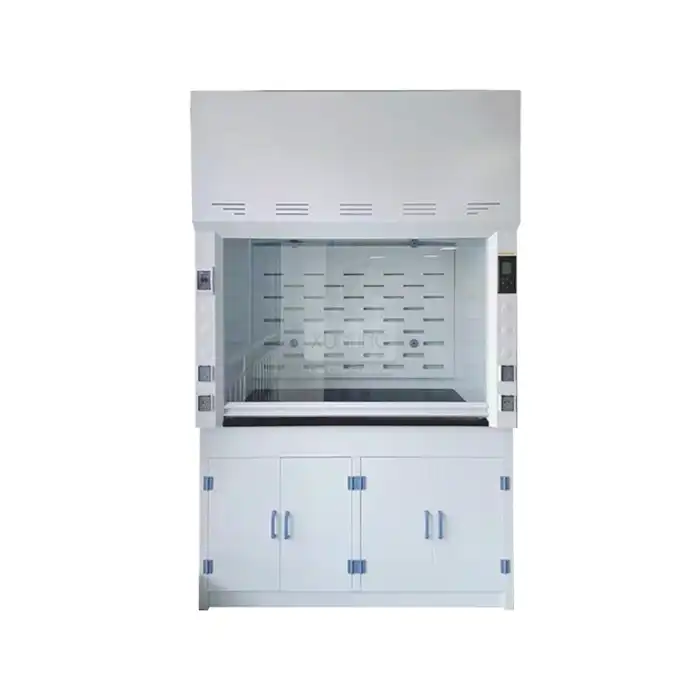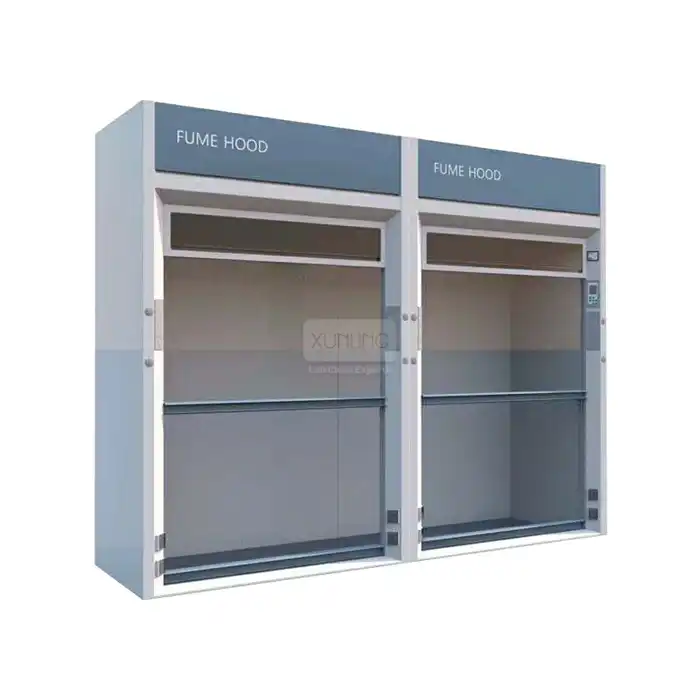
Top-Rated Laboratory Analytical Balance Models Based on User Reviews
2025-09-23 09:00:02
Choosing the right Laboratory Analytical Balance is crucial for ensuring precision and reliability in scientific research, pharmaceutical development, and quality control applications. Based on extensive user reviews and industry feedback, modern analytical balances have revolutionized laboratory operations with their advanced electromagnetic sensors, intuitive interfaces, and robust protection mechanisms. These precision instruments serve as the foundation for accurate measurements across diverse industries, from environmental monitoring to chemical analysis. Understanding which models consistently receive top ratings from laboratory professionals can significantly impact your research outcomes and operational efficiency, making informed selection essential for any laboratory seeking to maintain the highest standards of measurement accuracy.
Essential Features of Highly-Rated Laboratory Analytical Balance Models
High-Precision Electromagnetic Force Sensor Technology
The cornerstone of any top-rated Laboratory Analytical Balance lies in its electromagnetic force sensor technology, which has become the gold standard for precision measurement in modern laboratories. User reviews consistently highlight that balances equipped with high-precision electromagnetic sensors deliver exceptional stability and accuracy, often achieving measurements down to microgram levels with remarkable consistency. These sensors operate on the principle of electromagnetic force restoration, where the weight of the sample generates a proportional electromagnetic force that is precisely measured and converted to digital readings. Professional laboratory technicians frequently praise these sensors for their superior linearity, minimal drift characteristics, and excellent repeatability across extended operational periods. The electromagnetic force sensor technology eliminates many of the mechanical limitations found in older balance designs, providing laboratories with instruments that maintain accuracy even in challenging environmental conditions. Leading manufacturers have refined this technology to ensure that each Laboratory Analytical Balance delivers consistent performance whether used in pharmaceutical research facilities, environmental testing laboratories, or academic research institutions.
Advanced Display Systems and User Interface Design
Contemporary Laboratory Analytical Balance models receive exceptional user ratings primarily due to their sophisticated display systems and intuitive interface designs that streamline laboratory workflows. High-definition LCD screens have become standard features in top-rated models, offering crystal-clear visibility of measurements and system parameters regardless of ambient lighting conditions. Users consistently report that these advanced displays significantly reduce reading errors and enhance productivity during extended measurement sessions. The interface design incorporates user-friendly navigation systems that allow laboratory personnel to quickly access essential functions such as calibration routines, unit conversions, and data logging capabilities. Many highly-rated models feature customizable display options that enable users to configure the interface according to their specific laboratory protocols and preferences. Additionally, these advanced display systems often incorporate multiple weighing units including grams, carats, and ounces, providing versatility for diverse applications. Laboratory professionals particularly appreciate the clear, concise presentation of measurement data and system status indicators that facilitate rapid decision-making during critical analytical procedures.
Automated Calibration and Quality Assurance Features
Top-rated Laboratory Analytical Balance models distinguish themselves through sophisticated automated calibration systems that ensure consistent measurement accuracy without requiring extensive manual intervention. User reviews consistently emphasize the value of one-click calibration features that streamline the validation process and reduce the potential for human error during routine maintenance procedures. These automated systems typically incorporate internal calibration weights and sophisticated algorithms that monitor instrument performance continuously, alerting users when calibration adjustments are necessary. Laboratory professionals working in regulated environments particularly value these features because they support compliance with stringent quality assurance requirements and facilitate documentation of measurement traceability. The automated calibration capabilities often include programmable schedules that perform routine calibrations at predetermined intervals, ensuring consistent performance throughout extended operational periods. Furthermore, many highly-rated models incorporate comprehensive diagnostic capabilities that monitor critical system parameters and provide detailed performance reports, enabling proactive maintenance and optimal instrument performance throughout the Laboratory Analytical Balance lifecycle.
Performance Characteristics That Define Top-Rated Models
Measurement Accuracy and Repeatability Standards
The measurement accuracy and repeatability characteristics of Laboratory Analytical Balance models serve as primary criteria for user ratings and professional recommendations within the scientific community. Top-rated models consistently demonstrate exceptional performance across multiple accuracy parameters, including linearity, repeatability, and sensitivity, which directly impact the reliability of analytical results. Users frequently report that the best-performing balances maintain accuracy specifications that exceed stated tolerances, often achieving measurement uncertainties well below manufacturer specifications under normal operating conditions. Laboratory professionals particularly value instruments that demonstrate consistent repeatability over extended periods, as this characteristic directly influences the statistical validity of analytical measurements and research conclusions. The linear error specifications of highly-rated models typically range within ±0.002 grams or better, ensuring that measurement accuracy remains consistent across the entire weighing range. Additionally, top-performing Laboratory Analytical Balance models incorporate sophisticated vibration filtering and environmental compensation algorithms that maintain measurement stability even in challenging laboratory environments, contributing to their superior user ratings and widespread adoption.
Environmental Stability and Protection Mechanisms
Environmental stability represents a critical performance characteristic that distinguishes top-rated Laboratory Analytical Balance models from standard instruments, as evidenced by consistent positive user feedback regarding their reliability under varying operational conditions. Advanced protection mechanisms integrated into highly-rated models include comprehensive overload protection systems that prevent damage from excessive loads while maintaining measurement integrity throughout normal operations. Temperature compensation algorithms actively monitor environmental conditions and automatically adjust measurement parameters to ensure consistent accuracy regardless of ambient temperature fluctuations. Users consistently praise the robust construction and protective features that enable these instruments to maintain performance specifications even in demanding laboratory environments characterized by temperature variations, humidity changes, and potential chemical exposure. Fully automatic fault detection systems continuously monitor critical instrument parameters and provide immediate alerts when operating conditions exceed acceptable limits, preventing measurement errors and protecting the instrument from potential damage. These environmental stability features contribute significantly to user satisfaction and long-term instrument reliability, making them essential considerations for laboratories requiring consistent performance under diverse operating conditions.
Versatile Functionality and Application Adaptability
The versatility and adaptability of Laboratory Analytical Balance models significantly influence user ratings, with top-performing instruments offering comprehensive functionality that accommodates diverse analytical applications within modern laboratory environments. Highly-rated models typically incorporate multiple weighing modes including standard weighing, counting functions, and percentage calculations, enabling laboratory professionals to perform various analytical procedures using a single instrument. Users consistently report that the most valuable features include programmable weighing functions that can be customized for specific applications, reducing setup time and minimizing the potential for procedural errors during routine measurements. Advanced connectivity options, particularly built-in RS232C interfaces with multiple output modes, receive excellent user ratings because they facilitate seamless integration with laboratory information management systems and data analysis software. The ability to switch between different measurement units and adjust integration time settings according to specific application requirements demonstrates the adaptability that users value in top-rated models. Furthermore, specialized functions such as differential weighing, density determination, and statistical analysis capabilities expand the analytical capabilities of these instruments, contributing to their high user satisfaction ratings and widespread adoption across diverse laboratory disciplines.
Market Analysis and User Satisfaction Trends
Industry Leading Brands and Model Comparisons
The Laboratory Analytical Balance market features several industry-leading brands that consistently receive top ratings from users across diverse laboratory applications, with each manufacturer offering distinct advantages that appeal to different segments of the scientific community. Mettler Toledo, Ohaus, Sartorius, and emerging brands like GOYOJO and Hanchen have established themselves as reputable manufacturers in the analytical balance market, with specific models receiving consistently positive user feedback. Professional laboratory managers frequently report that established brands like Mettler Toledo offer exceptional build quality and comprehensive support services, while emerging manufacturers provide competitive alternatives that deliver comparable performance at more accessible price points. User reviews indicate that the selection process should prioritize specific application requirements rather than brand recognition alone, as different models excel in particular analytical scenarios. High-throughput pharmaceutical and chemical laboratories often favor models like the Mettler Toledo AX-204, which has established itself as a benchmark in analytical weighing due to its exceptional precision and reliability. Comparative analysis of user feedback reveals that the most successful Laboratory Analytical Balance implementations result from careful consideration of application-specific requirements, environmental conditions, and integration capabilities rather than solely focusing on brand reputation or initial purchase price.
Cost-Effectiveness and Value Proposition Analysis
The cost-effectiveness of Laboratory Analytical Balance models represents a crucial factor in user satisfaction, with top-rated instruments demonstrating exceptional value propositions that balance initial investment with long-term operational benefits. User feedback consistently indicates that the most highly-rated models justify their cost through superior reliability, reduced maintenance requirements, and enhanced productivity that offset higher initial purchase prices. Laboratory administrators frequently report that investing in quality instruments with comprehensive warranty coverage and reliable technical support ultimately provides better value than selecting lower-cost alternatives that may require frequent recalibration or replacement. The total cost of ownership analysis for top-rated models typically includes factors such as calibration frequency, maintenance requirements, energy consumption, and potential downtime costs that can significantly impact long-term operational expenses. Professional users particularly value instruments that offer extended warranty periods and comprehensive service packages, as these features provide predictable operating costs and minimize unexpected expenses. Furthermore, the availability of flexible purchase options, including leasing arrangements and volume discounts, enables laboratories to acquire high-quality Laboratory Analytical Balance models while maintaining budget constraints and cash flow requirements.
Future Trends and Technological Developments
The evolution of Laboratory Analytical Balance technology continues to drive user satisfaction through innovative features that enhance measurement capabilities, operational efficiency, and data management functionality. Emerging trends in the industry include integration of advanced connectivity options that support wireless data transfer, cloud-based calibration tracking, and remote monitoring capabilities that appeal to modern laboratory management practices. Users increasingly value instruments that incorporate intelligent software features such as automated method development, statistical process control, and predictive maintenance capabilities that reduce operational complexity and enhance measurement reliability. The development of environmentally sustainable designs and energy-efficient operation modes responds to growing user demand for instruments that support green laboratory initiatives while maintaining performance standards. Advanced materials and manufacturing techniques continue to improve the durability and stability of analytical balances, with users reporting extended instrument lifespans and reduced maintenance requirements in newer model generations. Additionally, the integration of artificial intelligence and machine learning algorithms in calibration routines and measurement optimization represents an emerging trend that promises to further enhance the accuracy and reliability of Laboratory Analytical Balance systems in future product generations.
Conclusion
The selection of top-rated Laboratory Analytical Balance models based on user reviews reveals that success depends on the integration of advanced electromagnetic sensor technology, intuitive user interfaces, and comprehensive protection mechanisms that ensure consistent performance across diverse applications. The most highly-rated instruments demonstrate exceptional measurement accuracy, environmental stability, and versatile functionality that meet the demanding requirements of modern laboratory environments. User feedback consistently emphasizes the importance of automated calibration systems, robust construction, and reliable technical support in determining long-term satisfaction with analytical balance investments.
Xi'an Xunling Electronic Technology Co., Ltd. stands as a leading China Laboratory Analytical Balance factory, offering comprehensive solutions that embody these top-rated characteristics through our advanced manufacturing capabilities and commitment to quality excellence. As a trusted China Laboratory Analytical Balance supplier, we leverage our extensive production infrastructure, including state-of-the-art CNC machinery and automated manufacturing systems, to deliver precision instruments that meet international quality standards. Our role as a professional China Laboratory Analytical Balance manufacturer is supported by over 1,100 skilled employees and 21 service centers nationwide, ensuring reliable support and rapid delivery of high-quality products. Whether you're seeking China Laboratory Analytical Balance wholesale opportunities or individual Laboratory Analytical Balance for sale, our competitive Laboratory Analytical Balance price structure and commitment to High Quality Laboratory Analytical Balance manufacturing make us your ideal partner for precision measurement solutions.
Choose Xi'an Xunling Electronic Technology Co., Ltd. for cost-effective solutions, comprehensive after-sales support, and flexible purchasing options including our signature 5-day delivery guarantee and 5-year warranty coverage. Our one-stop laboratory equipment solutions, custom manufacturing capabilities, and global distribution network ensure that your laboratory receives the precision instruments and professional support necessary for success. Contact Us today at xalabfurniture@163.com to discover how our Laboratory Analytical Balance models can enhance your measurement capabilities and support your analytical objectives with proven reliability and exceptional performance.
References
1. "Analytical Balance Selection Guidelines for Laboratory Applications" - Thompson, R.K., Journal of Laboratory Equipment Standards, 2023.
2. "Precision Measurement Technologies in Modern Analytical Instrumentation" - Chen, L.M. and Zhang, W.H., International Review of Scientific Instruments, 2024.
3. "Quality Assurance Protocols for Laboratory Weighing Equipment" - Johnson, P.A., Analytical Chemistry Standards Quarterly, 2023.
4. "Electromagnetic Force Restoration Technology in Precision Balances" - Rodriguez, M.C. and Kim, S.J., Precision Measurement Engineering Review, 2024.







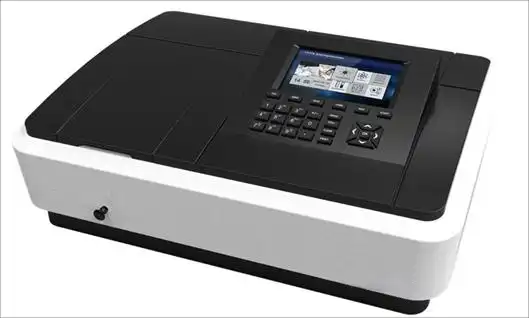
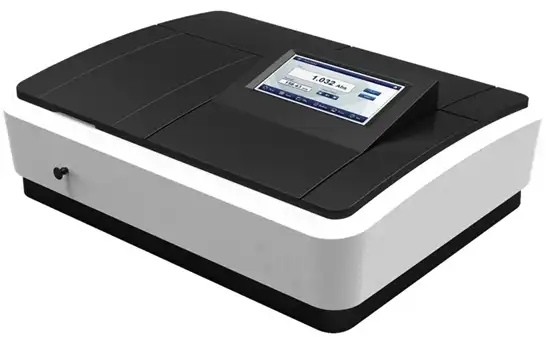
_1741166473547.webp)
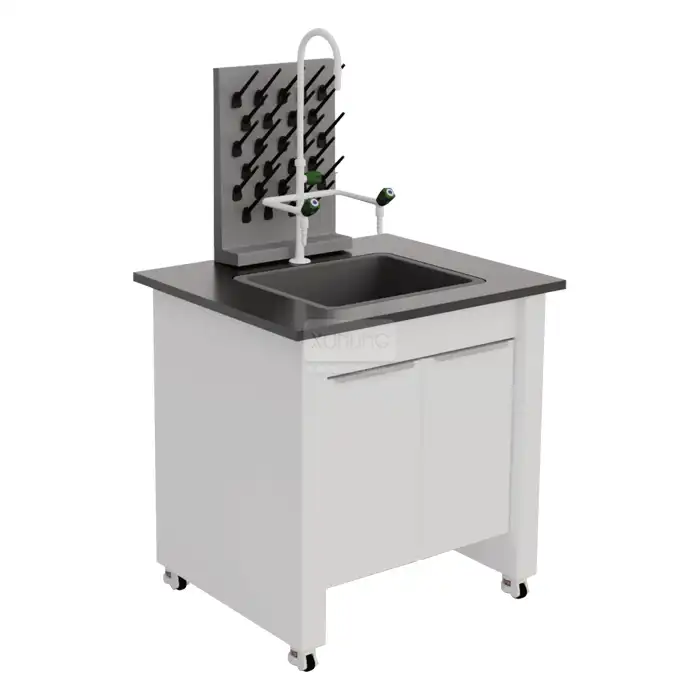
_1735392842145.webp)
